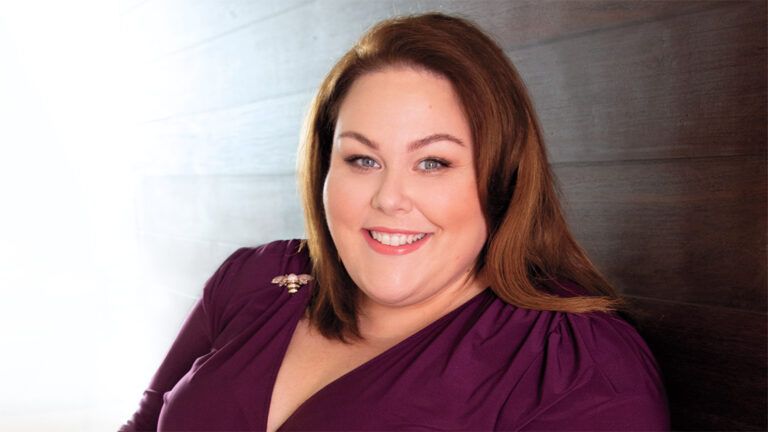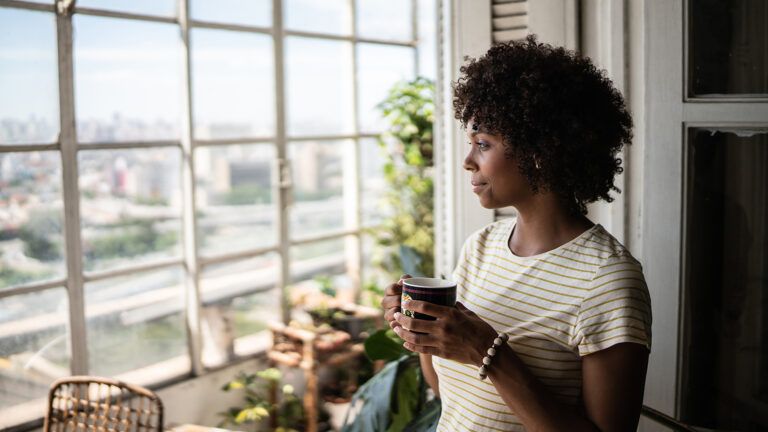“A ship in harbor is safe, but that is not what ships are built for,” said John A. Shedd, the early 20th century author whose family was the benefactor of the Shedd Aquarium in Chicago.
Throughout the pandemic, we’ve all become accustomed to assessing risk in new ways. We’ve come to understand that though we can never eliminate risk altogether, we have tremendous power to make choices both large and small that impact our safety and the safety of those around us.
But the self-protective mentality of the past year carries its own risk—that of stopping us from stepping outside of our comfort zones and trying new things.
Developmental psychologists talk about “positive risks,” socially acceptable risks that our lives can benefit from. For adolescents, this means risks like running for school office, trying out for a varsity team or standing up for a cause that conflicts with the status quo.
But what about those of us who are well beyond adolescence?
Researchers have found that a predictor of happiness in older adults is empowerment, being able to choose how we spend our time, including ways that are adventurous, new and even—like hiking or other outdoor activities—mildly risky.
Overall happiness is only one benefit of reasoned, positive risk-taking. One guide to positive risk management for adults lists other benefits: making use of opportunities, changing and growing in confidence, developing new skills and cultivating a sense of independence.
The guide also lists ways people can make sure their risks are safely on the “positive” side of the risk spectrum. Taking reasonable steps to avoid harm—like ensuring a bike rider has a fully-charged cell phone, tire pump and full water bottle—is crucial. Or if someone is concerned about their physical capacity in this case, consulting a certified trainer or medical professional.
Proactive, flexible thinking is positive thinking when it comes to risks. This means adapting to changing situations, as well as thinking ahead to be confident that a risk is tolerable and what social care professionals call a “defensible decision.”
Steve Morgan, an occupational therapist and mental health practitioner who has published widely on positive risk-taking, summarized the idea this way: “The positive [in positive risk-taking] is NOT about the risk; it IS about the outcomes. Why do we take a risk? Because we want to gain the benefit of the positive outcome of such an action.”
As we step back into life after we are vaccinated against COVID-19, we can carry these lessons into our decision-making. Nobody wants to be thoughtlessly, needlessly risky. But using our newly-acquired risk-assessment tools, we can once again learn and grow in our lives. Like a ship sailing away from its safe harbor, that is what we were built to do.
How do you think about risk after the pandemic?




